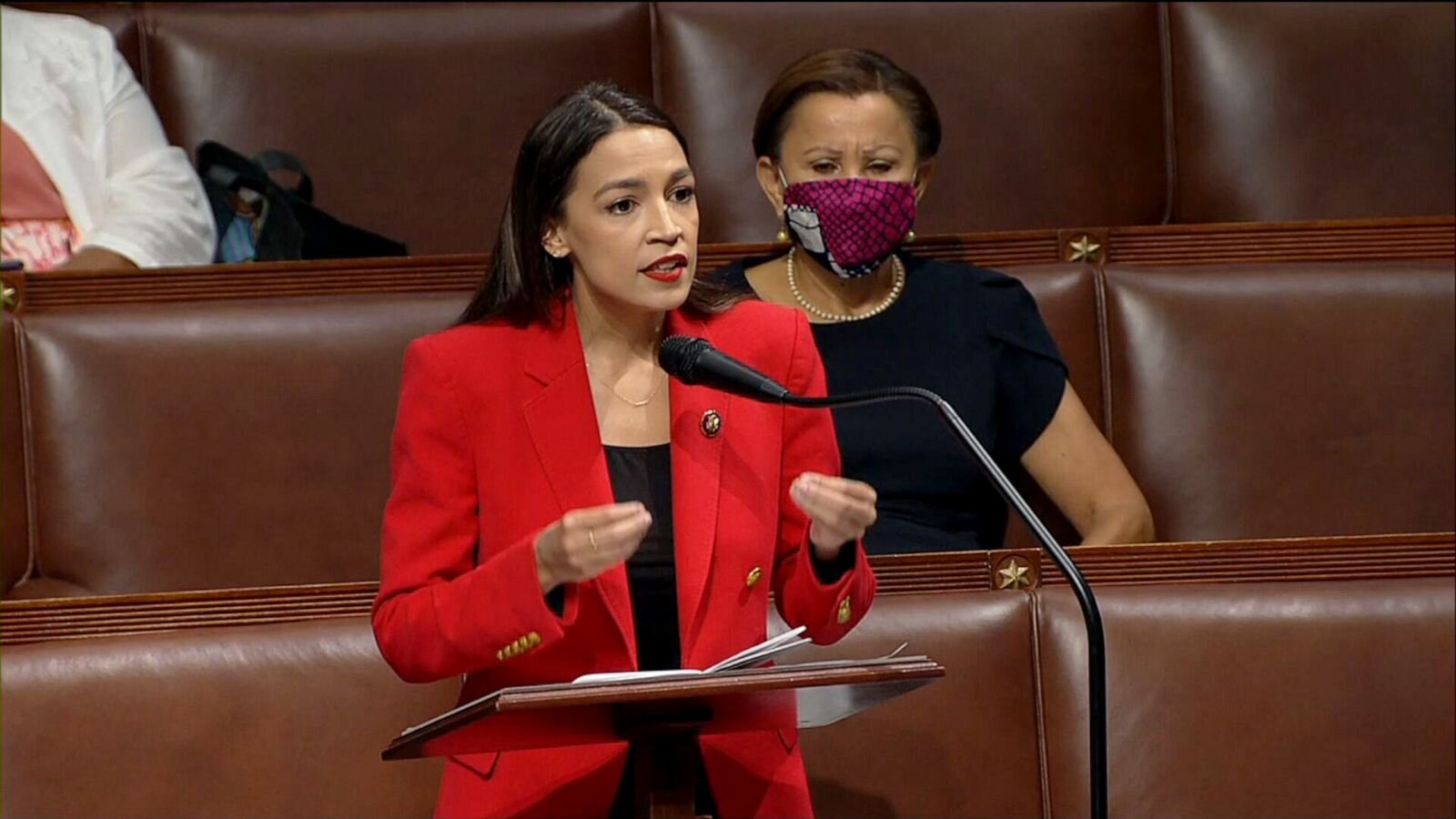An isolated incident became a case study for an examination of how we approach and educate on the topic of sexism.
An inappropriate event on July 21 initiated a chain reaction that made history in the matter of sexism, its invisibility, and the need to reflect on real solutions to combat it.
Sources report that Republican Congressman Ted Yoho verbally assaulted his fellow Congresswoman, Democrat Alexandria Ocasio-Cortez, twice outside the U.S. Capitol, the first time when she entered to cast her vote and the second when she left.
It was on this second occasion that Yoho allegedly referred to Ocasio-Cortez using profanity, denigration, and sexual language. We cannot repeat in this medium the exact words that the legislator from the state of Florida used, nor those used inside the House of Representatives to refer to the incident. This is the blind spot of the problem.
When neither the media nor the people with a direct connection to the incident of sexist aggression can describe it in its entirety, the responsibility falls once again on the person affected, in this case, Ocasio-Cortez. She gave a historical speech on the cultural impact of violence against women just one day after Yoho tried to justify his alleged use of such violence.
Ocasio-Cortez explains specifically that her motivation does not result from an offense arising from Yoho’s intention. She makes it clear that she is not offended, hurt, or humiliated in any way. Her speech is not even driven by the effort of her Republican counterpart to assume no responsibility for his actions.
What motivated her was the general acceptance by her fellow representatives of Yoho’s speech as a real apology and a way of turning the page after the incident. Their acceptance reinforced a standard of normalization of violence against women not only in workplaces but also in educational, family, and social spaces. This was the particular offense against which the New York legislator pronounced herself during her speech.
Hundreds of media rushed to cover the news by celebrating the young Democrat’s contained, intelligent, irrefutable, and intensely human response. They focused so much on this, on the words she spoke, on her courage in repeating word-by-word the insults used against her, that now the number of media records of her saying those words is much more significant than Yoho’s offense. Some media have described this overwhelming response as the kind of thing that has helped Ocasio-Cortez build her brand. Now, are we beginning to see the hidden problem in how we view and relate the accounts of women’s responses to sexist aggression?
In cases such as Ocasio-Cortez, the only people who are naming and describing sexism in the exact terms in which it is exercised are the women who suffer from it. Media like the New York Times, Washington Post, and New Yorker refrained from describing Yoho’s abuse in the exact terms in which he allegedly exercised them. Even Yoho did not repeat what he said on any of the occasions when he commented on the incident, including when he delivered his speech before the House of Representatives. It was under that context of insufficiency that his peers accepted his apology in Congress.
We cannot take responsibility for what we do not see or what we do not faithfully describe. The way we talk about sexism without actually talking about it hinders us from moving toward a society that is more just in the balance of gender equality.
Examples of this within the educational field are vast. A female student was disqualified from a swim competition because of an accident with a bathing suit. A renowned university in Mexico ignored multiple accounts of abuse denounce by female students.. A group of high school girls had to confront the principal of their school to stop a series of incidents of rampant abuse by their male peers.
On every occasion, the conversation has focused on the responses to the abuse, not on the abuse itself. The discourse and actions of those who make it visible, who are almost always the victims themselves, are placed under the lens of public scrutiny more than the actions that motivated their responses in the first place.
If the invisibility of sexism and the normalization of sexist aggression begin in the classroom because neither the teachers nor students have the tools to carry a conversation that names and describes abuse exactly as it is, we cannot classify Yoho’s aggression as inconceivable nor the defense of Ocasio Cortes as disruptive.
It is impossible to count how many women have come to the podium before the congresswoman to say the same thing, perhaps with words less precise, perhaps to an audience less receptive. However, as Ocasio-Cortes herself mentions in her speech, this is nothing new, and how we are addressing sexism is not working.
Perhaps now is the time to challenge seriously the way we talk about sexism in public spaces and the classroom. Maybe this is overdue, and Ocasio-Cortez only pointed to an hourglass that we have turned over so many times that we forgot why we did it. Perhaps, it is time to remember it.
Disclaimer: This is an opinion article. The viewpoints expressed in this article are the author’s own and do not necessarily reflect the opinions, viewpoints and official policies of Tecnológico de Monterrey.
Translation by Daniel Wetta.
This article from Observatory of the Institute for the Future of Education may be shared under the terms of the license CC BY-NC-SA 4.0 
)
)


)